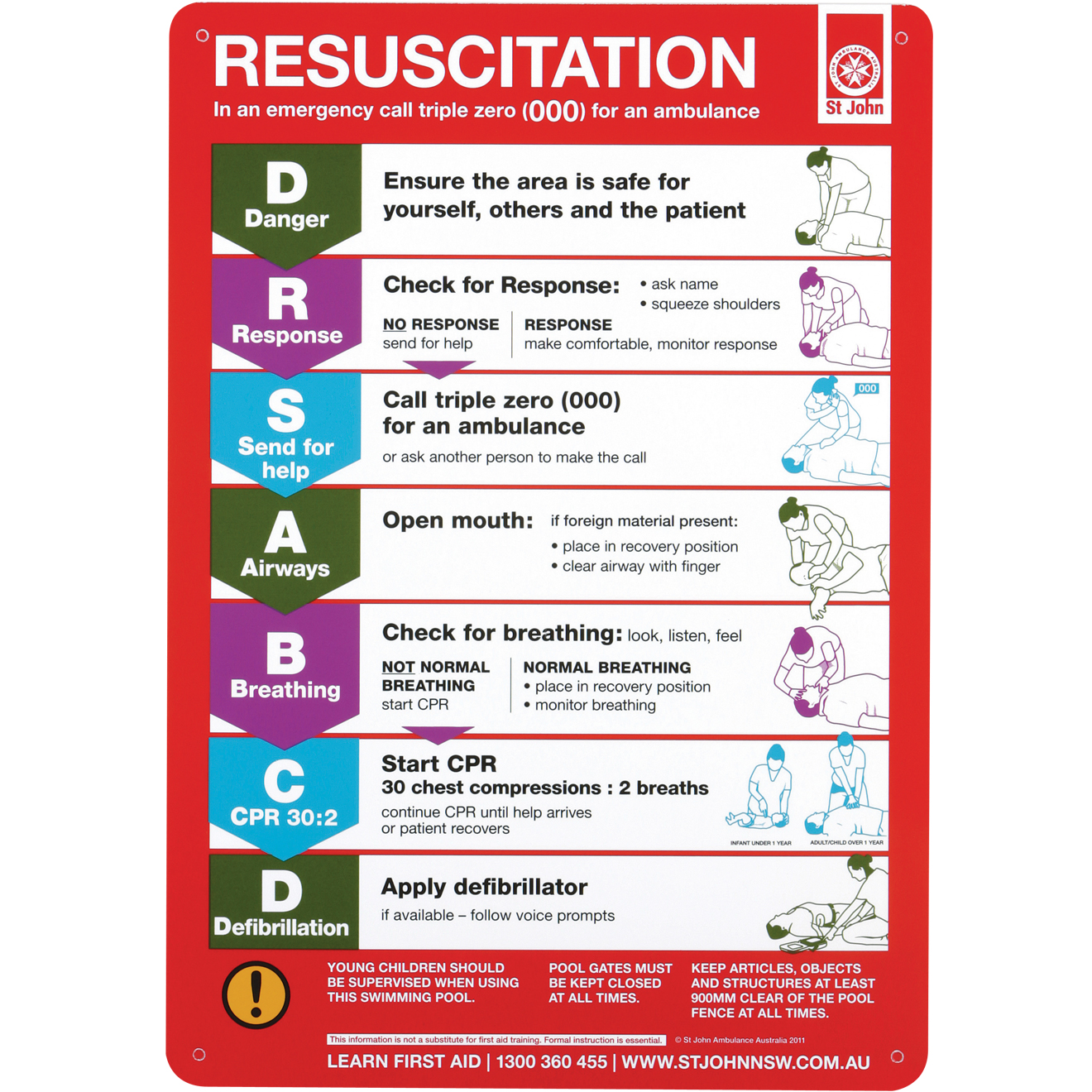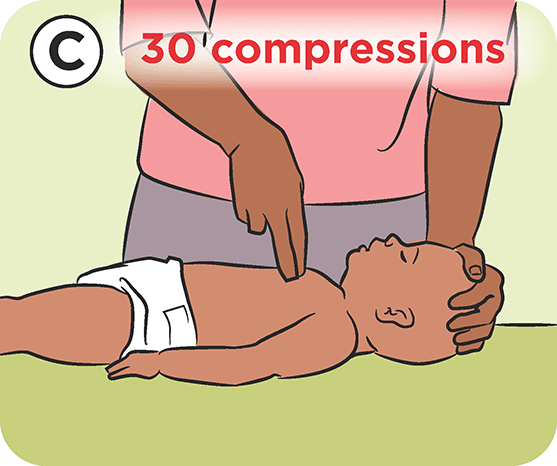
When the heart stops pumping, it is known as cardiac arrest. Cardiopulmonary resuscitation (CPR) is a combination of techniques designed to pump the heart, keep blood circulating and deliver oxygen to the brain until medical treatment can stimulate the heart to start pumping again. CPR can be life-saving first aid and will increase an individual’s chance of survival.
Survival rates of cardiac arrest differ between urban and rural patients. This is largely due to a difference in ambulance response time and for this reason, it is important that everyone on the farm is trained on how to perform CPR.
It is important to note that the CPR steps for children aged 8 years or younger are the same as for adults and older children, but the technique is slightly different for young children and infants. If you’re applying CPR ensure you’re aware of the technique difference for children aged 1- 8 years and infants aged up to 12 months.

To find out more information about CPR visit Better Health Channel
CPR and AED Instructional Video
Where is your nearest AED?
Fast facts:
- Cardiopulmonary resuscitation (CPR) CPR can be lifesaving first aid if a person’s heart has stopped
- Always call triple zero (000) for an ambulance. You will be given advice if you are unsure what to do while you wait for paramedics.
- Learn CPR from an accredited trainer, it’s a skill that everyone on a farm should learn.
- CPR accreditation needs to be updated annually
References used for this topic
More information:
Better Health Channel
First aid basics and DRSABCD
St John Ambulance Australia
St John Ambulance
Clinical care:
Australian Resuscitation Council
The ARC guidelines
Research & reviews:
Medical Journal of Australia
Chest pain in rural communities; balancing decisions and distance
|
|